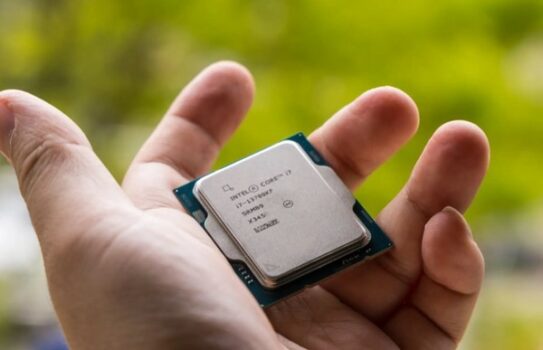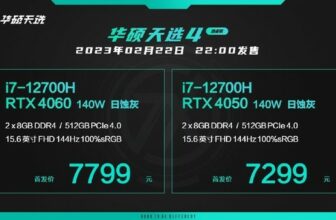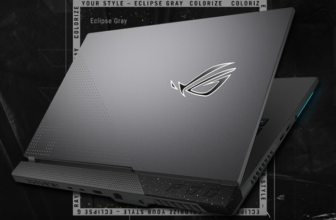AMD’s 7800X3D and 7950X3D processors are very strong in CPU cache gaming performance, not because they have the highest number of cores or the fastest clock speeds, but because they feature extremely rich cache resources. But what exactly is the CPU cache? In simple terms, it is a small, ultra-high-speed memory integrated into the processor. Designers specially design it to allow the chip to access the data required for operations with high efficiency, like an instantaneous speed-up warehouse tailored for the CPU. This advantage makes CPU cache gaming performance a crucial factor in modern processors.
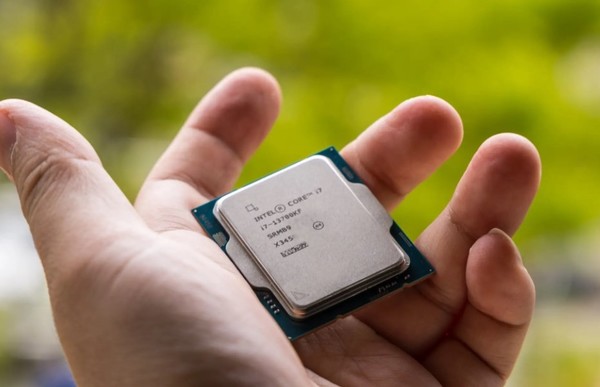
However, the gain of the cache is not endless—7950X3D has not blindly stacked additional cache on all cores, which makes sense. Although a larger cache does push CPU cache gaming performance to a certain extent, it also comes with some unfavorable factors. If you want to understand the mystery of the CPU cache and its full impact on CPU cache gaming performance, you must not miss the following.
For more insights on gaming hardware, check out our latest blog posts.
What is the CPU cache?
The cache is a small memory built-in CPU. It can be built into the core of a single processor and used by part or all cores. This memory sits directly on the processor, keeping it close and playing an important role. It is necessary to ensure that the CPU performs tasks, and you don’t have to run to the system RAM every time to pick up data. The cache capacity of different processors is different, and there may be thousands of bytes that may be small, and the larger ones can reach the megabytes.
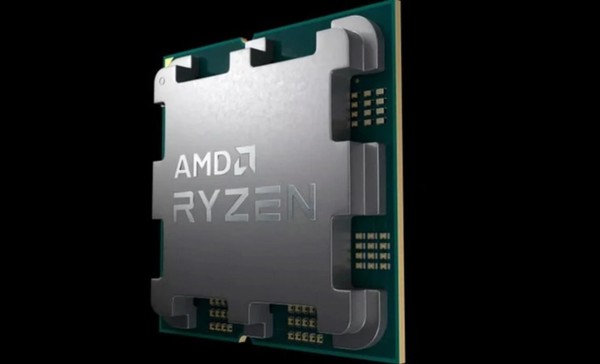
Having said that, we now hold high-speed SSD and faster RAM, why is there a place for cache? The key is to speed up. As early as the 1990s, the speed of RAM could not keep up with the needs of the CPU and became a hurdle designed by the CPU. As a result, smart designers added cache inside the chip as “personal guards”.
Although the cache capacity is much smaller than RAM, it is faster at speed, making up for this short board. However, it is expensive to integrate memory into small chips, so it is usually not done too much. AMD broke this limitation through 3D V-Cache technology and successfully improved the benefits of cache. Now we have witnessed the birth of a series of high-performance game chips. This is the intuitive manifestation of technological progress.
How to work on a cache?
With the popularization of cache, the use of RAM has become more fine, which has spawned the concept of memory hierarchy: the cache is at the top, the RAM is in the middle, and the storage is at the lowest level. Such level arrangements make the commonly used data of CPUs close to the processor, which shortens the waiting time and makes the computer run more agile.
The cache itself is also divided into levels, mainly L1, L2 and L3. They are also cache, but each performs their duties.
The L1 cache is the first layer of the CPU, and it is also the smallest. It is divided into L1 instruction cache (L1I) and L1 data cache (L1D). Each CPU core has an exclusive L1 cache, with a capacity of only thousands of bytes. It mainly stores the data that the CPU has recently used or will be used. Once the required data is not in L1, the CPU will turn tothe L2 query.
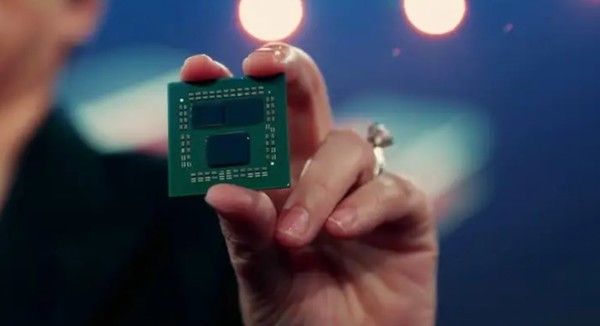
Although the L2 cache is often bound to a single core, some CPUs allow multiple cores to share it. Its capacity is much larger than L1. For example, each P-core of the Core i9-12900K has an 80KB L1 cache and a 1.25MB L2 cache, which is almost 16 times larger. However, increasing capacity also increases access delay, making data exchange between the core and L2 slower. Since CPU tasks rely on precise timing, L2 delay can impact performance. If L2 does not contain the required data, the CPU retrieves it from L3.
The L3 cache is a big guy, shared across cores, with a huge capacity. For example, the 7950X3D has a 128MB L3 cache plus an additional 3D V-Cache, while L2 is only 16MB. The delay of L3 is higher than L2. However, its key role is to reduce how often the CPU fetches data from RAM. Compared to other memory levels, RAM has lower speed and higher latency. Frequent RAM access slows down efficiency.
Some CPUs also have an L4 cache, often used as auxiliary RAM. For example, Intel’s early 14nm Broadwell CPUs included a 128MB embedded DRAM. Later, the SAPPHIRE RAPIDS server CPUs may feature HBM2. To some extent, this can be considered an extended cache layer.
Is the CPU cache important for the game?
The CPU cache greatly impacts the gaming experience. In the past, people believed that single-threaded performance, IPCs, and clock speed were the most critical factors. However, cache size now seems to be the main focus in AMD and Intel’s competition.
In modern game design, cache plays a crucial role. Games constantly require the CPU to process simple instruction sets. If the cache is insufficient, the graphics card must wait for the CPU. This backlog creates a bottleneck, slowing down overall performance. AMD’s 3D V-Cache technology significantly improves this, as seen in-game CPU performance comparisons. The difference is clear with this advanced technology.
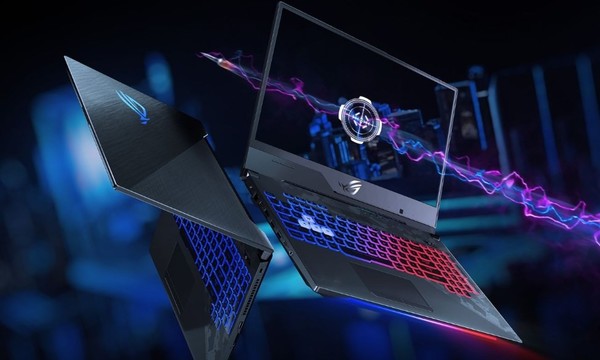
In recent years, games have relied more on cache. AMD recognized this early and increased its cache capacity over time. The company expanded this advantage further with 3D V-Cache in Ryzen 7 5800X3D and the Ryzen 7000 series.
Intel is not far behind. Its latest CPUs have the largest cache in history to boost gaming performance beyond AMD. As cache capacity grows, gaming performance will continue to improve.
